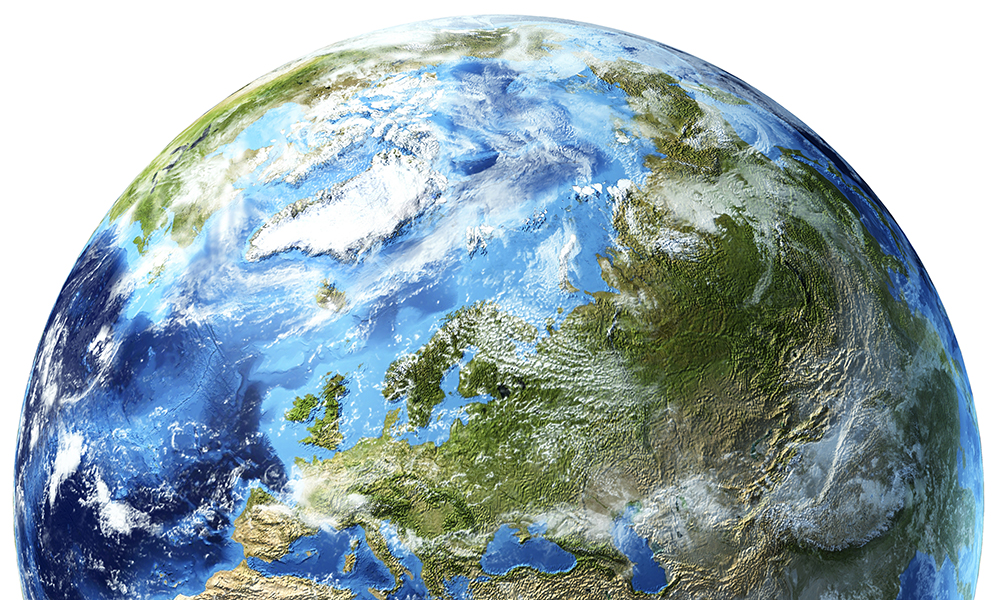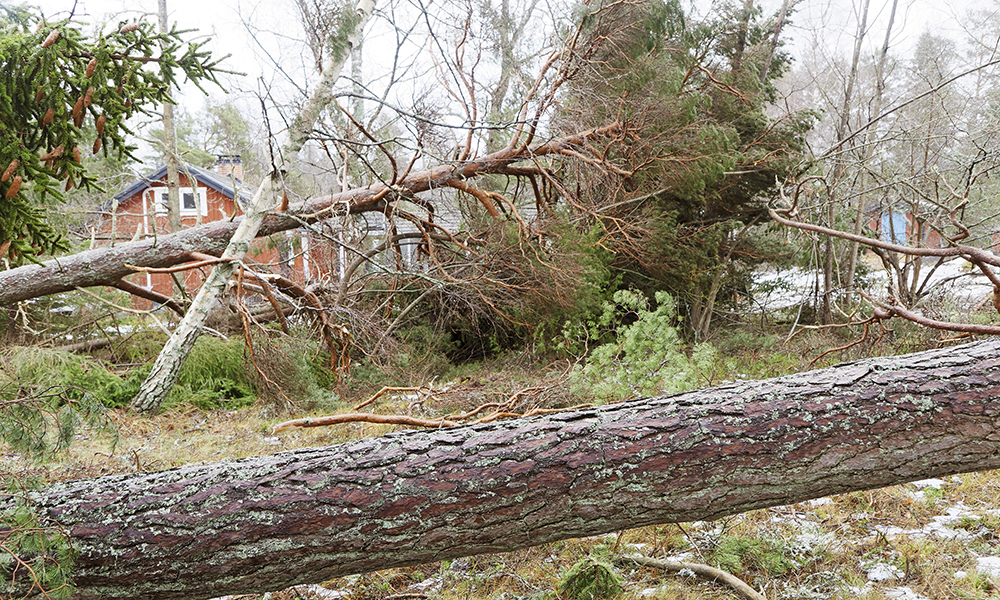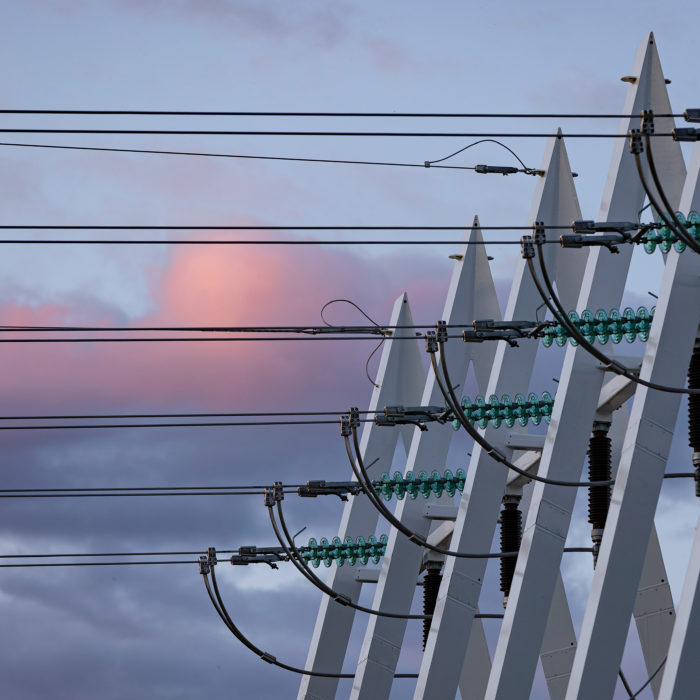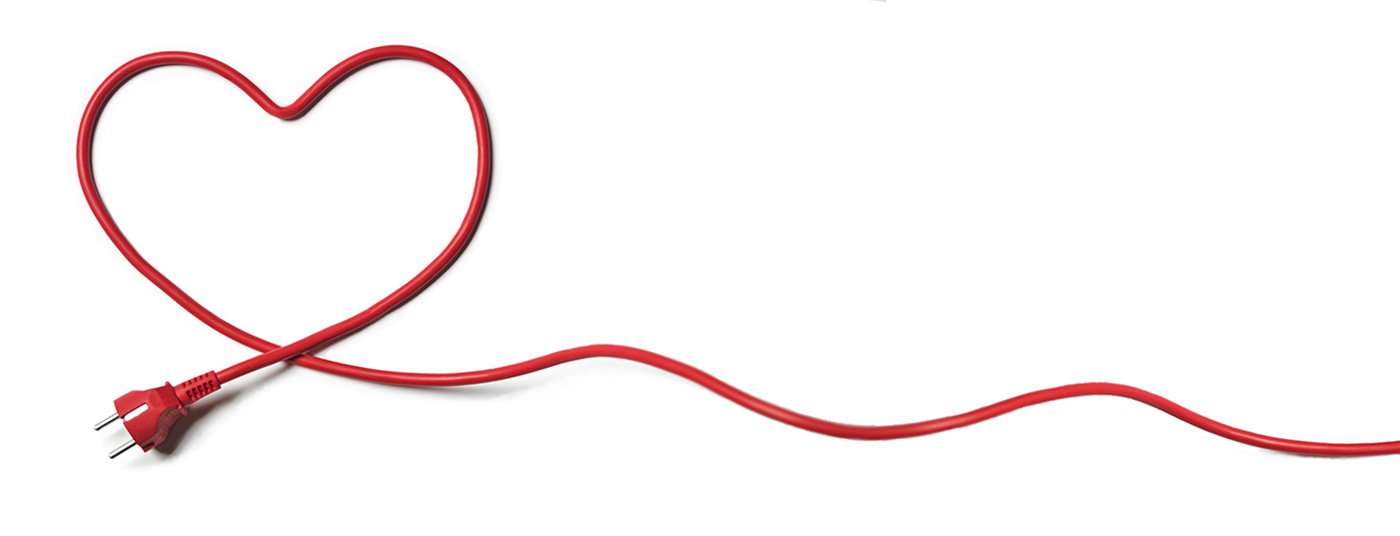Working to prevent climate change
Climate change has been a concrete part of Operational Development Manager Jonne Jäppinen’s work with Fingrid’s power system for several years already.
How is climate change visible in your work?
Adapting the power system to prevent climate change is priority number one in my work. This is a big change that has been in progress for a few years and the pace will only accelerate in the future. The energy industry has been at the forefront of preventing climate change.
The switch to cleaner electricity can already be seen in the Finnish power system. For example, we don’t have very many coal power plants anymore. The situation is very different than it was 10 years ago. Electricity production from wind power exceeded coal power production for the first time last year. Depending on the time, our electricity production in the Nordic countries is already 80–90% CO2-free. Now, we’re fine tuning the remainder.
What is the biggest challenge in your work and how could it be solved?
In the old model, power plants adjusted their output according to electricity consumption: enough coal was burned to meet the energy need. In contrast, there’s no way to set reference levels for wind and solar power. This is the flexibility challenge that we have to resolve. We like to joke that electricity is a “fresh product” that has to be produced non-stop in order to satisfy demand.
Battery technology will be part of the solution. We already have smaller batteries in the system, but large ones are also on the way. They’re already being built in other countries and for instance, Tesla has built a 100 megawatt battery in Australia.
Adjusting consumption according to production is also a possibility. The price of electricity is low when the wind is blowing hard. For example, the Aapeli storm also had some positive effects: electricity was available at a very low price. The fact that a consumer or company can monitor the price of electricity and utilise the cheaper hours is also good for the system. We have to develop services that allow consumers and companies to participate in the market, operate in a smart way and subsequently save money.
Digitalisation is both helpful and challenging
Digitalised processes will change the nature of work, replace human labour in simple routines, and enable new services. According to Fingrid’s CIO Kari Suominen, two big changes are taking place in power system digitalisation.
What big changes are you referring to?
A couple of years ago, many people were still wondering what digitalisation was. Now it’s part of every business area. The industry uses the terms ecosystem thinking and platform economy, which mean that instead of every individual having their own solution, we build common digital platforms and services on top of them. Digitalisation also enables the effective utilisation of clean energy.
How are these changes visible in practice?
Fingrid’s digital service platforms My Fingrid and Datahub are good examples. Datahub is a digital service platform where all usage information will be centralised in order to support retail market processes. Open interfaces allow these digital platforms to function as part of a smart network, which will facilitate the use of fast flexible resources and maintenance of the power balance when large amounts of wind and solar electricity enter the system in the upcoming years.
A second good example of more efficient business is digital substations. Last year, we tested digitalisation with one substation and this year eight substations will be digitalised. In practice, this means adding hundreds of sensors to the substation, which measure things like sound, heat and pressure. The data allows us to evaluate a substation’s status and condition. In the future, people will only go to a substation when a true need exists. For example, a person may need to verify that a component is failing.
What challenges does digitalisation involve?
The amount of data is enormous and increasing all the time. One of our biggest challenges is data quality and how to process and visualise the data so that we can identify important deviations. Fortunately, we already have some solutions for this purpose. For example, we can visualise data on a map and use red to indicate the location of something that requires action.
Cyber threats also have to be considered when changes are being made rapidly. User rights management has to be properly handled in order to ensure that data doesn’t end up in the hands of the wrong party. We’ve spent a lot of time discussing harmonised requirements and data security with stakeholders in conjunction with the Datahub project. Everyone is aware of these issues.
Megatrends also affect the Main Grid Control Centre.
Fingrid’s Main Grid Control Room Manager Jari Siltala says that the impacts of megatrends like digitalisation and globalisation can already be felt on an everyday basis in the control room, and more major changes are on the way.
In addition to the Finnish and Nordic perspectives, the work now has more of a European element due to, for example, European network codes. Major changes in the future include the transition from a one-hour to a 15-minute imbalance settlement period and the Nordic balancing model.
With regard to the control room, the amount of data available has increased massively and will continue to do so in the future. One challenge concerns how to manage this data and present busy operators with a screen that allows them to find the essential information and draw the right conclusions. Another important issue involves ensuring that telecommunication connections and systems can keep up with the ever-increasing amount of data.
How is the focus on data security visible in control room work?
Data security is an absolute necessity, although unfortunately it can also be seen as a side effect. The practices are becoming more complicated, and information systems can be inflexible and sometimes even susceptible to disturbances.
Is security of supply at risk?
Megatrends also represent a challenge in terms of security of supply. Petri Nieminen, a Senior Power Systems Advisor at the National Emergency Supply Agency, says that as society becomes more dependent on electricity, the importance of securing its availability also increases during disturbance situations and exceptional conditions.
How will the transition to a cleaner energy system affect security of supply?
The biggest issue is how electricity produced using new, renewable forms of energy can be stored in a way that safeguards security of supply. Although electricity storage in batteries is developing, it’s still an expensive method at this time. We’re not going to find a single perfect solution. However, the core idea involves storing electricity produced with renewables in another form – liquid or gas, Hydrogen is one possibility.
How are megatrends otherwise visible in security of supply work?
In addition to material preparations, the amount of system-level preparation and reinforcement has increased in recent years. The systems that are critical to our society, such as electricity production and transmission systems, have to be as reliable as possible. Based on investigations, training and practice we cooperate with the authorities and business life to build systems that do not fail easily. And, if they do crash, they must be easy to restore with a minimum of damage.
It’s important to keep the security of supply viewpoint in mind when developing or, for example, digitalising activities. I really hope that we don’t approach everything only in terms of organisational efficiency during good times – we also have to plan for the bad times. The Electricity Market Act calls for a compulsory preparation plan in the electricity transmission and distribution sector, but in other areas this is optional.
Stakeholders are interested in responsibility and net impacts
Satu Vuorikoski, Fingrid’s Development Manager for Corporate Responsibility, says that along with other change expectations related to megatrends, an increasing number of stakeholders – such as investors – are interested in business responsibility and net impacts. Skill and collaboration are required to ensure responsibility in a global environment.
What does ensuring responsibility mean in this globalising world?
Globalisation opens up new opportunities for procuring goods, services and financing. Procurement chains can be long, and companies are expected to ensure responsible operating methods throughout the chain as well as openness in communications. Both in Finland and globally, we have to ascertain that the procured goods are manufactured in safe working conditions using humane and fair terms of employment, and with respect for the environment. This requires an understanding of different cultures, languages and legislation.
How does Fingrid ensure responsibility in its procurements?
Fingrid presents its responsibility requirements during the planning phase of cooperation, and these requirements are binding in all contracts. Compliance is assured via third party auditing, which can reveal deviations. In such cases, the primary aim is to continue the cooperation and correct the problems. Matters requiring correction could, for example, include deficiencies in a factory’s fire alarm system or arrangement of emergency exits.
In addition to responsibility, stakeholders are interested in the net impacts of companies. What are they and how can they be calculated?
Net impacts refer to good or bad overall impacts that a company’s business has on the environment and society. Last year, we performed a practice calculation in collaboration with a company called Upright, which specialises in analysing net impacts. The report examined the impacts of our business in four dimensions: environment, health, society and knowledge. All impacts were standardised to allow for comparison. Based on the analysis, Fingrid’s business has a very positive impact on the climate and society. Upright’s calculation helped us to better understand the total impacts of our operations, and hopefully we can also communicate them to stakeholders in a more concrete manner.




